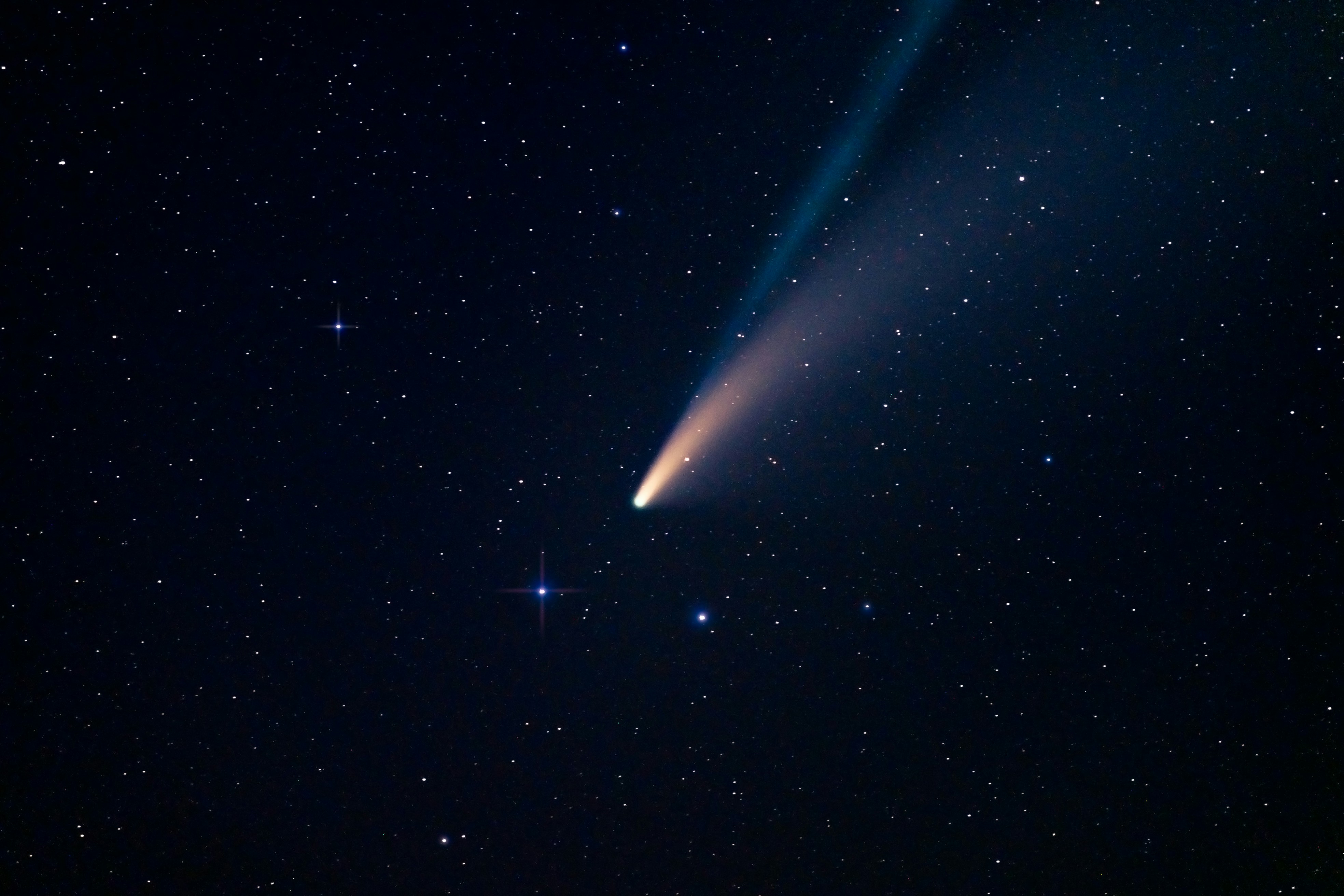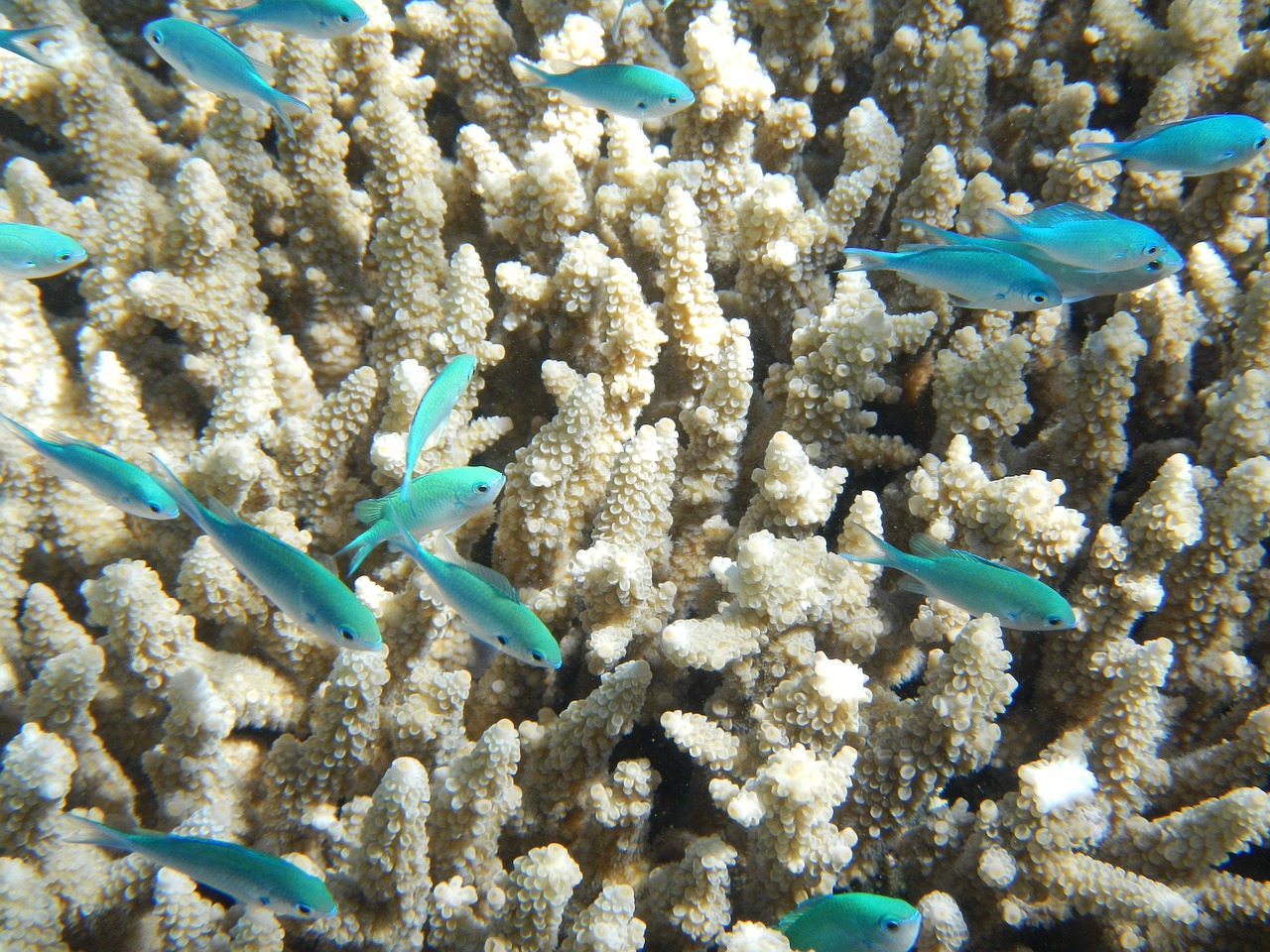-
Legalised recreational marijuana in the USA led to a drop off in medical use
Annals of Internal Medicine
Most US states that legalised recreational use of marijuana saw a reduction in the number of people enrolled in medical cannabis programs, according to US scientists. They looked at data on medical cannabis, tracking registered use in 39 US Read more about Legalised recreational marijuana in the USA led to a drop off in medical use
InternationalUniversity of Michigan, USA -
Aussie and New Zealand risky drinkers more likely to booze at home than at the pub
Drug & Alcohol Review
Australian, New Zealand and international researchers looked at data on whether risky drinkers in Australia, New Zealand, Scotland and England are more likely to drink at licensed premises - bars or pubs - or in a private setting. They found risky Read more about Aussie and New Zealand risky drinkers more likely to booze at home than at the pub
Australia; New ZealandLa Trobe University|Massey University -
Could Vitamin C improve airway function for kids of mums who smoked?
JAMA Pediatrics
Smoking during pregnancy can lead to breathing issues in kids, especially wheezing, but in such cases, vitamin C could help reduce the effects, according to international researchers. The team analysed a previous trial, VCSIP (Vitamin C to Decrease Read more about Could Vitamin C improve airway function for kids of mums who smoked?
InternationalOregon Health & Science University, USA -
PFAS ‘forever chemicals’ above drinking water guidelines in global source water
Nature Geoscience
We’re likely underestimating the future impact of PFAS in the environment, new UNSW Sydney-led study shows. Per-and poly-fluoroalkyl substances – commonly known as PFAS – are a group of over 14,000 human-made chemicals that have been popular Read more about PFAS ‘forever chemicals’ above drinking water guidelines in global source water
Australia; NSWThe University of New South Wales -
Mental health problems could be holding young people back from driving
JAMA Network Open
Young people with a mood disorder are less likely to get their driver's license when they become eligible and are more likely to crash if they do start driving, according to US research. The team looked at driver's license rates and driving outcomes Read more about Mental health problems could be holding young people back from driving
InternationalNationwide Children’s Hospital, USA -
Need a hug? It could boost your health, even if you're hugging a robot
Nature Human Behaviour
Physical touch from both humans and animals reduces pain, feelings of depression, and anxiety in both adults and children, according to Dutch and German researchers. They brought together and re-analysed the data from 212 previous studies of touch, Read more about Need a hug? It could boost your health, even if you're hugging a robot
InternationalRuhr University Bochum, Germany -
Undiscovered meteorites are sinking in soft Antarctic ice
Nature Climate Change
Meteorites are an extremely valuable piece of geology, offering insight into processes that are literally out of this world. Antarctica is one of the best places to find them, as they stand out against the white background. More than half of all Read more about Undiscovered meteorites are sinking in soft Antarctic ice
InternationalUniversité libre de Bruxelles, ETH Zurich, Swiss Federal Institute for Forest, Snow and Landscape Research, University of Liège -
New insights into the evolution of the moon's mantle
Nature Geoscience
International researchers have uncovered evidence of 'mantle overturn' on the early moon. Models suggest that the last dregs of the Moon's magma ocean crystallised into a dense, mineral layer between the crust and mantle, which cumulated in certain Read more about New insights into the evolution of the moon's mantle
InternationalUniversity of Arizona -
Telescope detects unprecedented behaviour from nearby magnetar
Nature Astronomy
Captured by cutting-edge radio telescope technology, a chance reactivation of a magnetar – the Universe’s most powerful magnets – has revealed an unexpectedly complex environment. Researchers using Murriyang, CSIRO’s Parkes radio telescope, Read more about Telescope detects unprecedented behaviour from nearby magnetar
Australia; NSW; VICCSIRO|The University of Sydney|Swinburne University of Technology... -
Sleep apnoea mouthguard could be just as effective for lowering blood pressure as a CPAP machine
Journal of the American College of Cardiology
A specialised mouthguard could be just as effective at lowering blood pressure for people with sleep apnoea as a CPAP machine, according to Australian and international researchers who compared the results of using the two devices in a group of 220 Read more about Sleep apnoea mouthguard could be just as effective for lowering blood pressure as a CPAP machine
Australia; International; NSWThe University of Sydney|National University of Singapore, Singapore










































